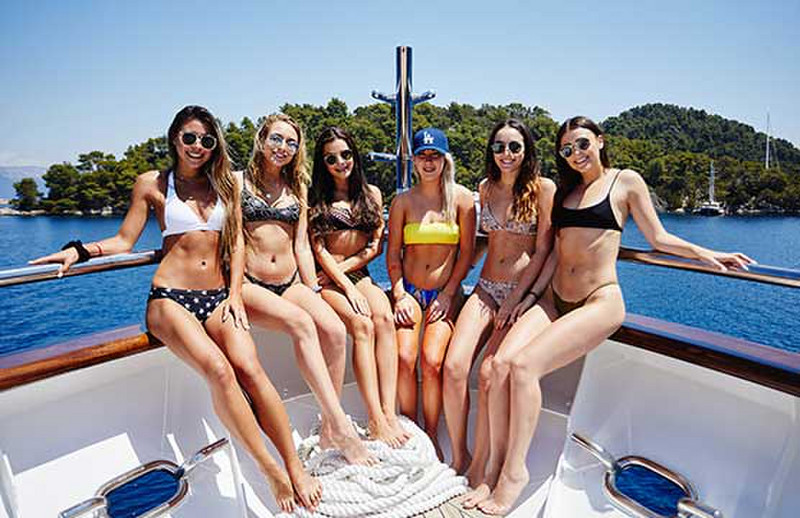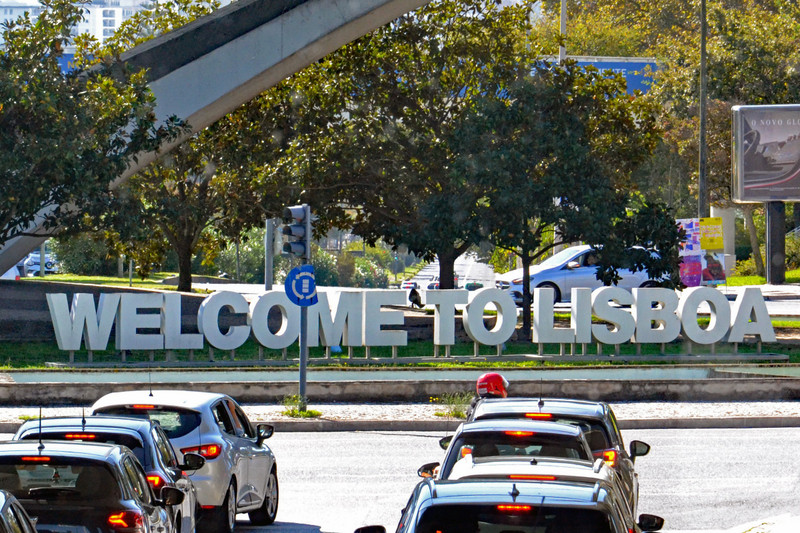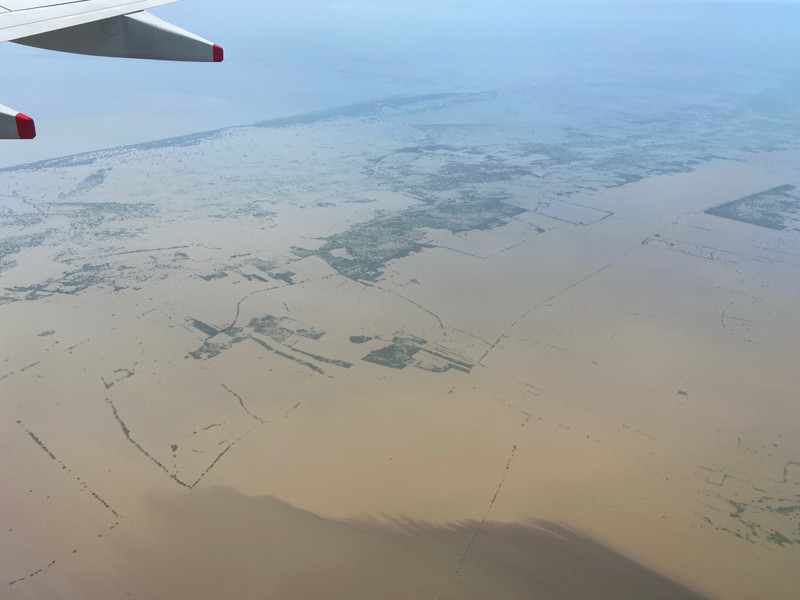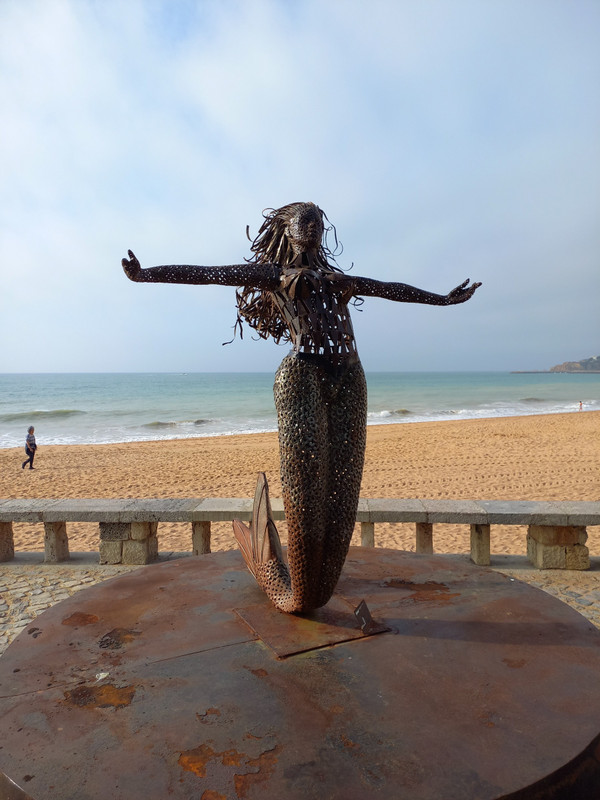Most of you know Croatia is located in the Balkan Peninsula. Zagreb, the capital, sits inland in the north east portion of the country. Dalmatia, the coastal area, is where I plan to spend most of my time. Istria, on the northern Adriatic coast is the primary wine region. Croatia was part of Yugoslavia for most the 20th century, suffering from the disintegration of the Federation, until 2013 when it joined the European Union. A native is called a Croat, rhymes with goat? They make up 90% of the population, with Serbs as the largest minority group. Sadly, most experts speculate there are as many Croats living outside the country as reside inside! (It has the greatest emigration rate after Ireland) Croats are mostly Roman Catholic, and more westernized than Serbs. And the Croats speak Croatian, a South Slavic language. The country has about 4.5 million people. Most of the population resides in urban areas, mostly the upper arm, and along with Dalmatian coast. The new government transitioned from socialist to capitalism in the 1990s. Zagreb is the capital with about a million residents. I intend to spend most of my time in Dubrovnik, on the Dalmatian coast, Istria,
and perhaps some of the islands. Southern Dalmatia has the sirocco winds, which brings moderate temperatures from Africa. What is Croatia famous for? Croatia is home to the famous dog breed, Dalmatians. English poet Lord Byron first described Croatia as the Pearl of the Adriatic. Croatians use Glagolitic script, which is the oldest Slavic script. Croatia is home to the largest truffle in the world. A Croatian invented the mechanical pencil, called the Penkala in 1906. Croatia has lots of islands (1185), and is full of natural wonders. The most beautiful national park in Europe is Plitvice Lakes. Croatian money is called the Kuna because trappers used to trade their furs. Game of Thrones Kings Landing is the town of Dubrovnik. Croatia invented the necktie. The worlds first pipe organ is played by the seas rythmic waves in Zadar. Croatia is the 127th largest country in the world. Nikola Tesla was born in the Croatian village of Smiljan. Probably the most famous Croat for wine lovers is Miljenko (Mike) Grgich, who was born in Dalmatia. He learned wine making from his father. He fled what was then Yugoslavia in the 50s, and settled in California in 1958. He founded Grgich
Hills Estate winery in Napa Valley. Grgich first gained international recognition at the celebrated Paris Tasting of 1976. Then, in a blind tasting, a panel of eminent French judges swirled, sniffed, and sipped an array of the fabled white Burgundies of France and a small sampling of upstart Chardonnays from the Napa Valley. When their scores were tallied, the French judges were shocked: they had chosen the 1973 Chateau Montelena Chardonnay, crafted by Mike Grgich, as the finest white wine in the world. Mon Dieu! The results stunned the international wine establishment and immediately earned Mike a reputation as one of the greatest winemakers in the world. I always point this out when I go wine tasting in foreign countries, particularly france (small f). The recently shuttered Tadich Grill in San Francisco, perhaps the oldest (1849) restaurant in California, was purchased (1887) by John Tadich. He was from Stari Grad on the island of Hvar. I have probably dined there a dozen times, and often saw Willie Brown and Herb Caen eating lunch in their Wilkes Bashford suits. So, a relatively small country has produced a rather substantial world footprint. Sounds like a great place to spend a few days?









